Clause 10 Continual Improvement of ISO 9001 IS ALL ABOUT…
…Kicking the habit and starting afresh.
It is the continuous development of goods, services, or procedures through innovative and significant advancements. Although it might seem challenging, replacing outdated procedures with modernized ones is critical in the ISO 9001 standard. Continual improvement ensures that the organisation moves forward with modern times and stays on track. Clause 10 Continual Improvement of ISO 9001 is intended to guarantee that you have systems and procedures to enable your QMS to develop and thrive at a consistent rate. You must be prepared to remedy errors, capitalize on achievements, and shift course as needed.
Rome was not built in a day, and this applies precisely to your company. No perfect process gets created immediately. That is why there is a need to have a system for continual improvement in our procedures.
However, when implementing change, be aware of certain obstacles, as employees might resist specific changes if a lot is transformed over a short period of time. Moreover, your company might start moving towards a bureaucratic system, where procedures will become heavily dependent on documentation. This may happen when an outlier occurs; therefore, the management may go overboard when it comes to implementing changes.
This will in turn, create an inefficient environment, a stumbling block for the employees, rather than fine-tuning the procedures. Employees need smooth systems to be able to carry out the 80% of the activities of the organisation. The rest are simply activities that are considered as outliers. You cannot fit all within the same process!
I worked as a quality engineer for a manufacturer of medical devices in my first employment, and I was astonished as to how much ‘red tape’, or level of bureaucracy, this business had. In my second employment, I was responsible for assisting a construction company in establishing a new business within their network of firms. Sadly, they didn’t have any processes or procedures in place to govern how the task should be done.
I was searching for a master’s degree in science at the University of Malta at the same time so that I could assist businesses in streamlining their operational procedures. I initially met ISO 9001 there. The year was 2012. Since then, I’ve been helping businesses navigate the delicate balance between having no procedures and having no bureaucratic systems.
The ISO 9001 standard will push you to drive business using facts rather than feelings and intuition. Through the use of proper software such as Zoho or Xero, you can effortlessly gather information and create dashboards to make the day-to-day operations of the business run more smoothly, keeping an eye out for critical information and acting on shortcomings quicker than ever.
Furthermore, with the help of an ISO consultant, you can get help in creating practical procedures, thus having an easier road to go on to grasp what Clause 10 of the ISO 9001:2015 consists of.








